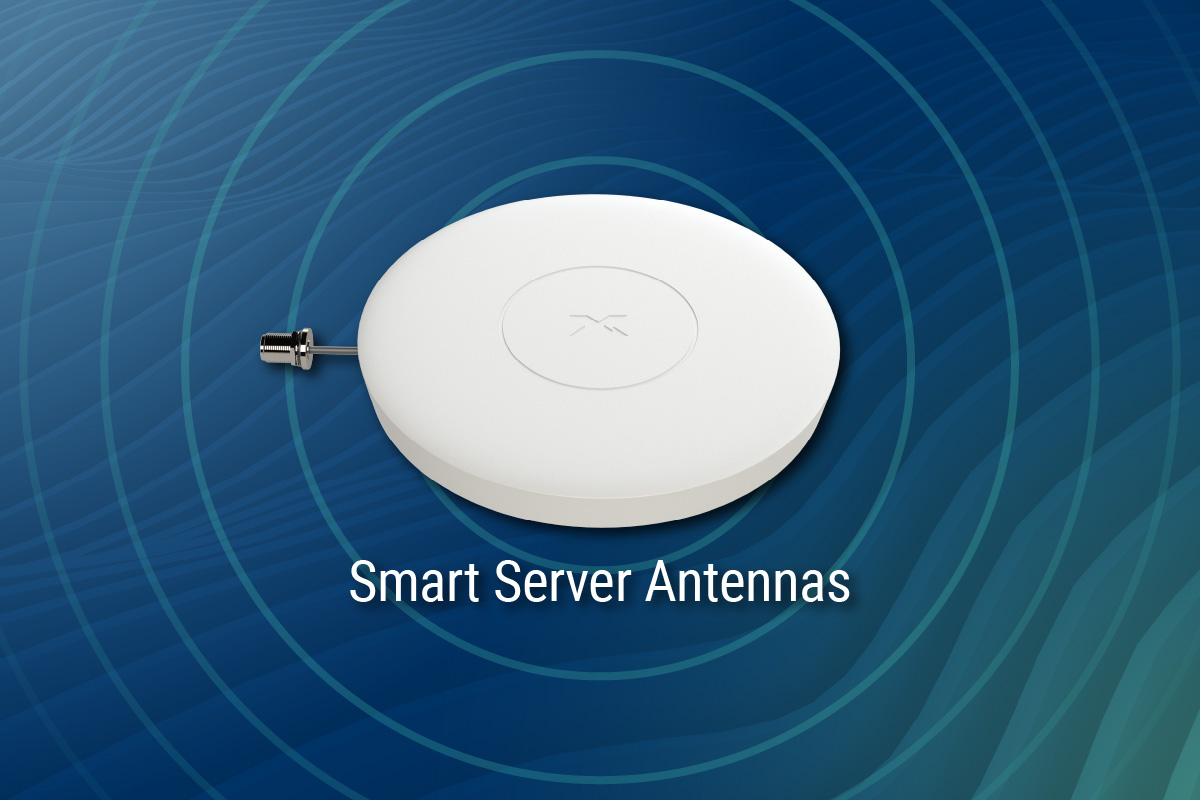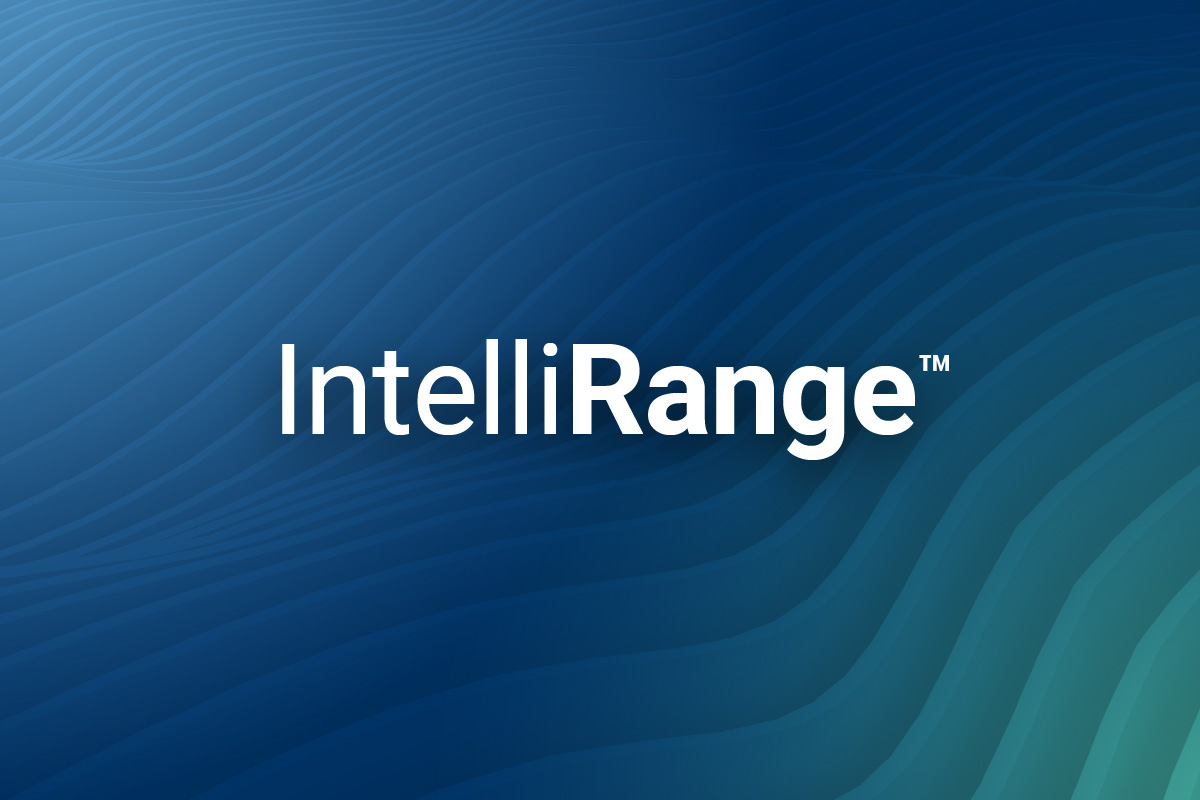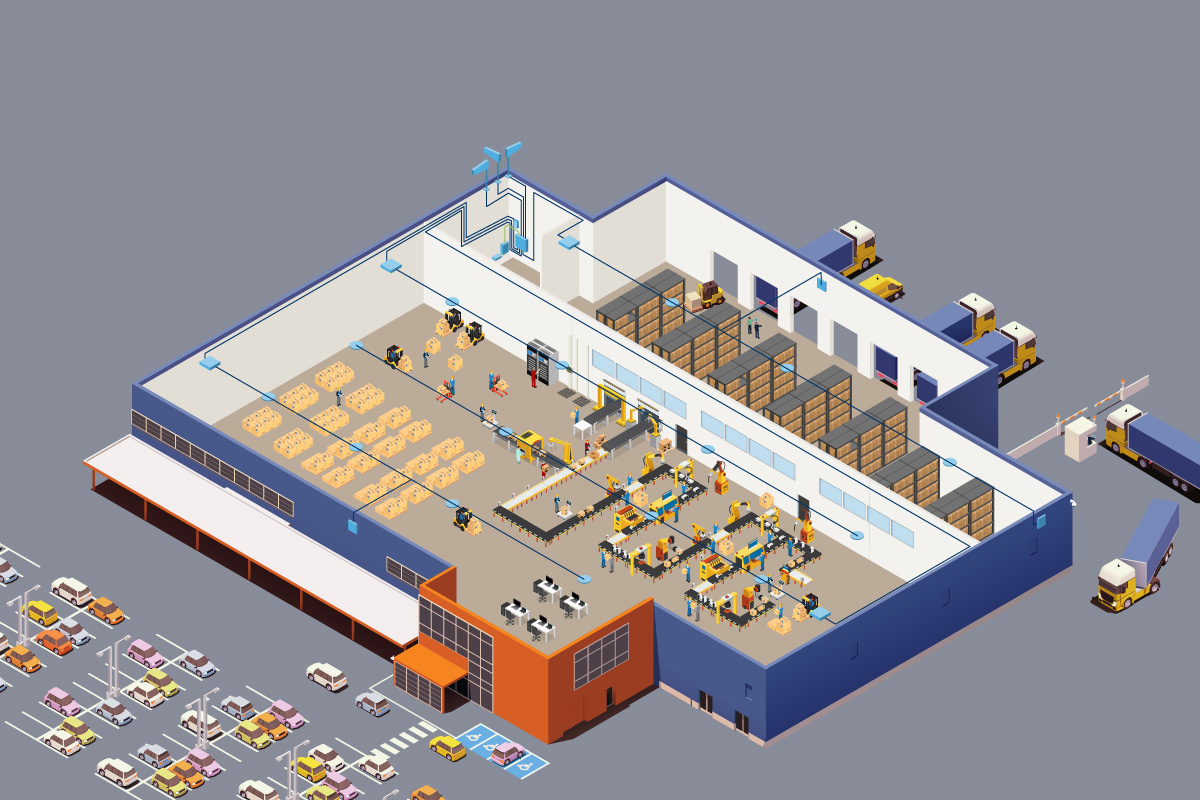Projections for retail space utilization and availability vary widely from one research firm to another, and between CRE experts and professionals. Will the empty spaces all be converted to healthcare services or churches? Will they become distribution centers? Will there even be empty spaces as we look ahead to the last six months of 2021 and as we move into 2022? Do more retail spaces need to be rapidly constructed to meet consumer retail demand? Will lease terms need to become tighter or more generous, shorter or longer, for higher occupancy rates?
With all the uncertainty and so many variables still in play, there are several things we know CRE property managers can do to make retail spaces more attractive to lessees and one of them is to ensure facilities have good cellular reception. Retailers depend on cellular connectivity more than ever for efficient operations, customer satisfaction, and increased sales. Traditionally retail stores have wanted reliable cellular coverage to improve the customer experience, aid in system redundancy in the event their IT systems go down, and to improve customer safety in parking garages. Today mobile pay, online shopping with curbside pick-up using app check-ins, as well as shopping delivery apps that require pickers to use their mobile phones to shop, are all driving the need for expanded cellular coverage in stores.
For example, a major national retailer opened smaller format 25,000 square foot retail stores in sub-ground locations in New York. As the store locations are essentially concrete bunkers, employees and customers could not get a cellular signal when inside. Employees missed emergency calls and important communications. Customers could not log onto the in-store app while shopping to find items quickly or identify those that were on sale.
The retail chain hired UberSignal, a Pittsburg-based provider of cellular booster solutions, to fix the problem of poor cellular reception.
“Now that carriers are not subsidizing the cost of in-building DAS systems nearly as much as they used to, we’re finding overall cost of providing in-store cellular coverage is always very important – not just the initial cost, but the continued operational costs of it and the deployment time. A traditional active DAS can take 18 months to deploy, and a lot of facilities can’t wait that long,” explains Dan Morin, co-owner of UberSignal.
UberSignal chose to install the CEL-FI QUATRA active DAS hybrid to solve the coverage problems experienced by the national retailer, within their budget. QUATRA delivers a cellular signal that is up to 1000x stronger than analog boosters and Bi-Directional (BDA) Passive DAS systems, offering a much larger coverage footprint for multi-carrier voice and data on 3G/4G/5G networks.
For the retail outlets, two to three installers were deployed for each on-site installation. “It took about three weeks for each store. Normally, a CEL-FI installation is quite a bit quicker than that, but these were challenging installs because we were retrofitting it into a store that was already set up with shelving and very specific requirements for using conduit, painting it to match everything else, and basically blending into the environment,” says Morin. “Since the CEL-FI QUATRA systems were installed, cellular reception has been very good inside each outlet. The occupants are very happy with the ability to use their cell phones for texting and phone calls as needed.”
For more information on how CEL-FI QUATRA can be used to rapidly and cost-effectively improve in-building cellular coverage in the expanding retail and grocery chain segment, watch the pre-recorded webinar “CEL-FI Products delivery 3G, 4G and 5G Coverage to Grocery Stores & Retail Spaces”.
A version of this article was originally published by Connected Real Estate Magazine.




